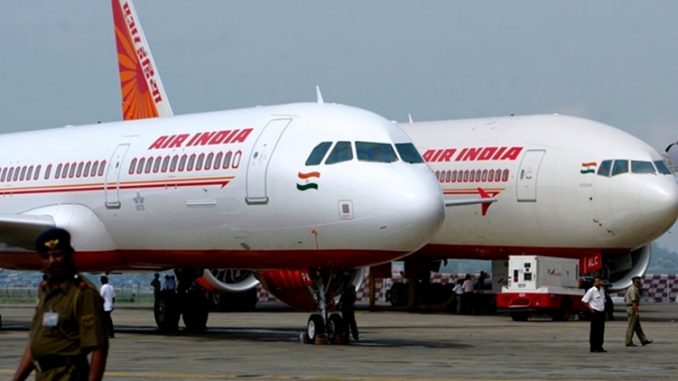
Moody’s Investors Service says that India’s major airports are seeing a strong rise in passenger traffic — which has recorded two years of 20%-plus growth — a credit positive, although the regulatory landscape remains a challenge.
“The two years of growth in domestic air traffic has made India the third largest domestic aviation market after the US and China, and the main drivers of passenger volume growth include a rising middle class, lower air ticket prices and improving regional connectivity,” says Abhishek Tyagi, a Moody’s Vice President and Senior Analyst.
“We expect air traffic growth to moderate but still remain healthy at 8%-10% annually over the next two years, compared with much lower growth in other countries in the region,” says Abhishek. “All major Indian airports are operating at close to or above design capacity because of this big increase in traffic.”
Moody’s conclusions are contained in its just-released report, “Airports — India, Traffic growth credit positive, but regulatory environment a challenge”.
Accordingly, Moody’s expects the large airports in India to bring forward plans to expand capacity to meet growing demand, but the scale and complexity of expansion projects could affect the airports’ capacity to manage unexpected challenges, such as a sharp cut in tariffs.
This situation would reduce revenues and cash flow, and limit the airports’ flexibility to defer spending once any expansion work commences.
The Government of India (Baa2, stable) has further announced a number of initiatives over the past 12 months to encourage more air travel and improve regional connectivity, which is positive for airports’ credit profile.
The National Civil Aviation Policy 2016 plan (NCAP 2016) is aimed at accelerating the growth of an integrated aviation system, and includes a regional program called UDAN (Ude Desh ka Aam Nagrik), which involves connecting unserved and underserved airports, potentially boosting regional tourism and economic growth.
However, the regulatory regime in India for airports is relatively new and evolving, which is a credit challenge for the airports. So far, the Airports Economic Regulatory Authority Of India (AERA) has approved tariffs for most airports only for the first five-year regulatory period.
Additionally, the terms and conditions stated in concession agreements have been different from those stipulated under the regulatory act on certain key issues, leading to frequent misunderstandings.
At the same time, there have been some positive regulatory developments, including clarity on treatment of non-aeronautical revenues for determining tariffs. Further consistent application of regulations will provide support for the credit profiles of Indian airports.
Source: Moodys.com (press release)

Leave a Reply